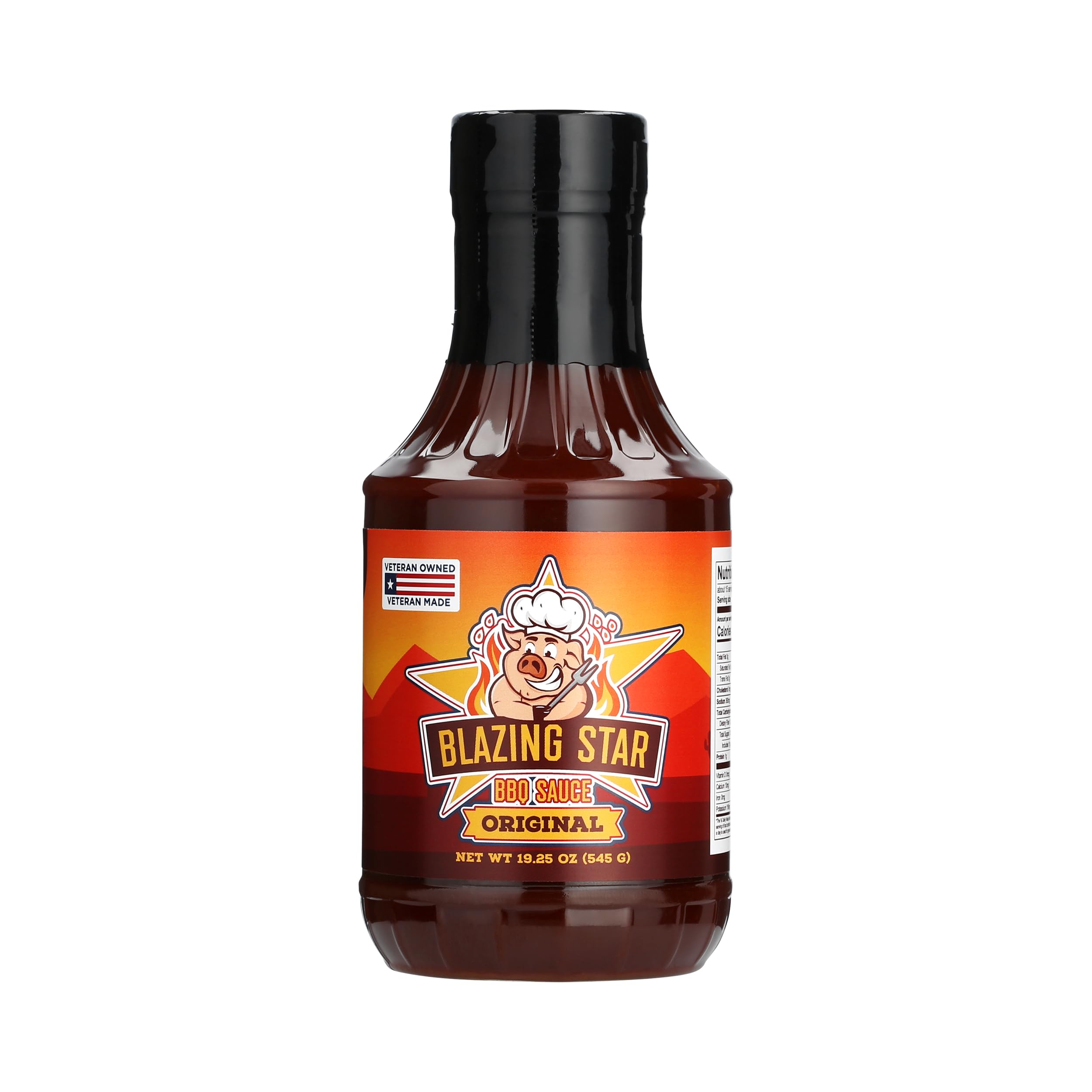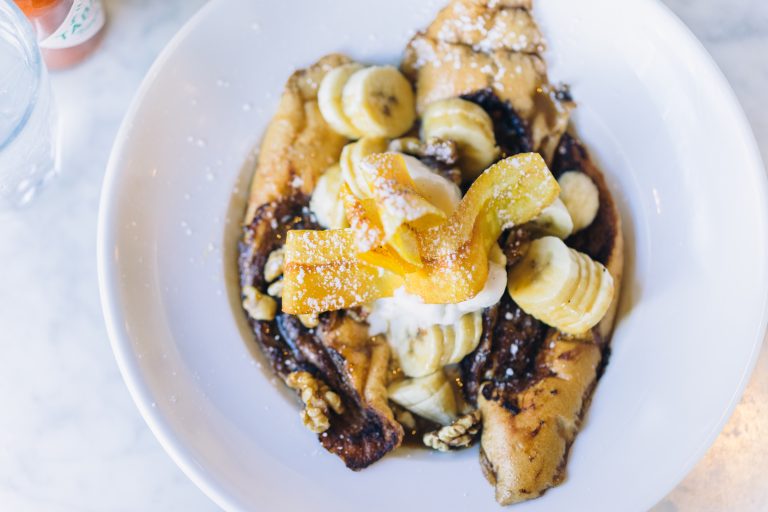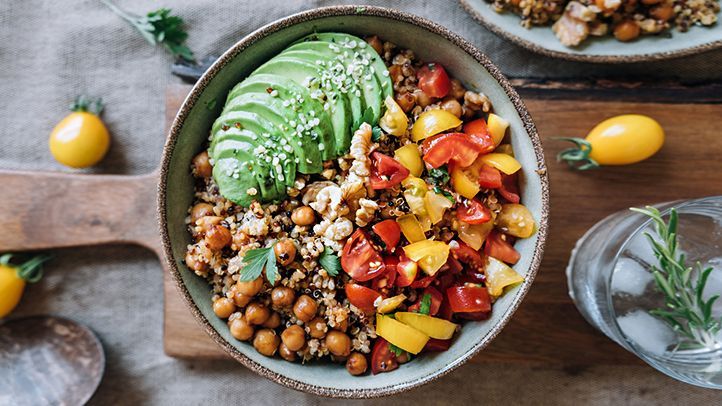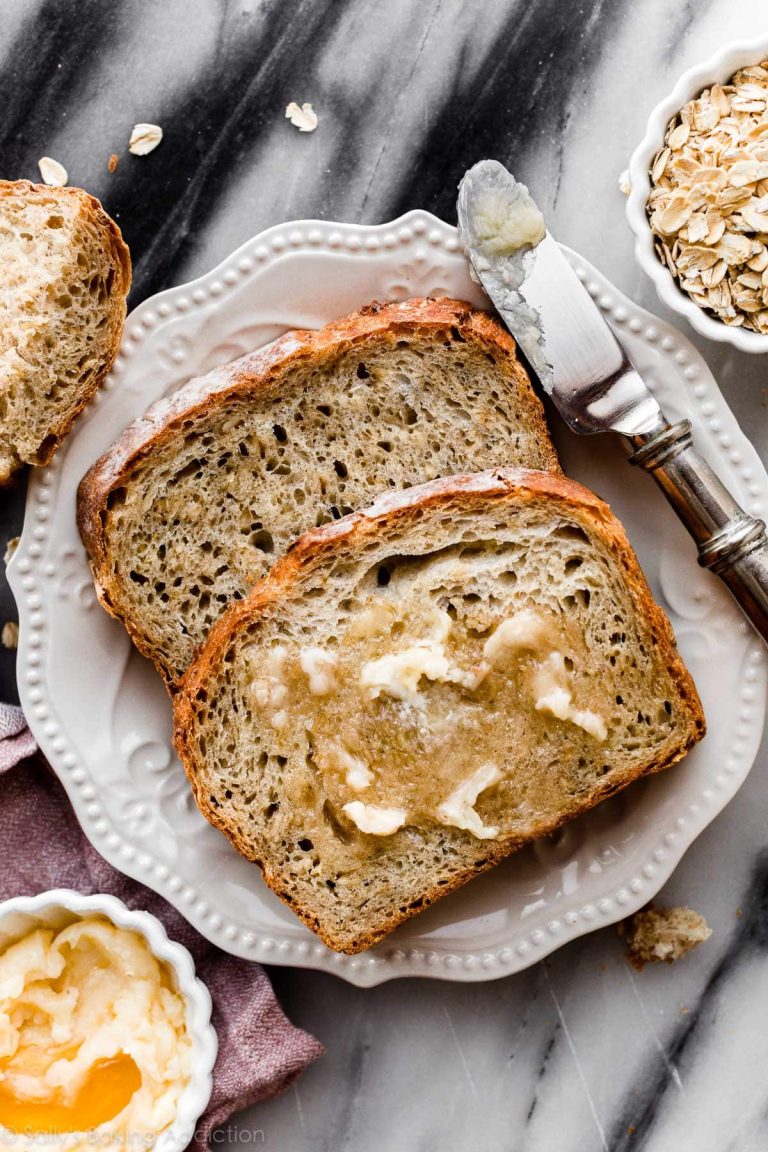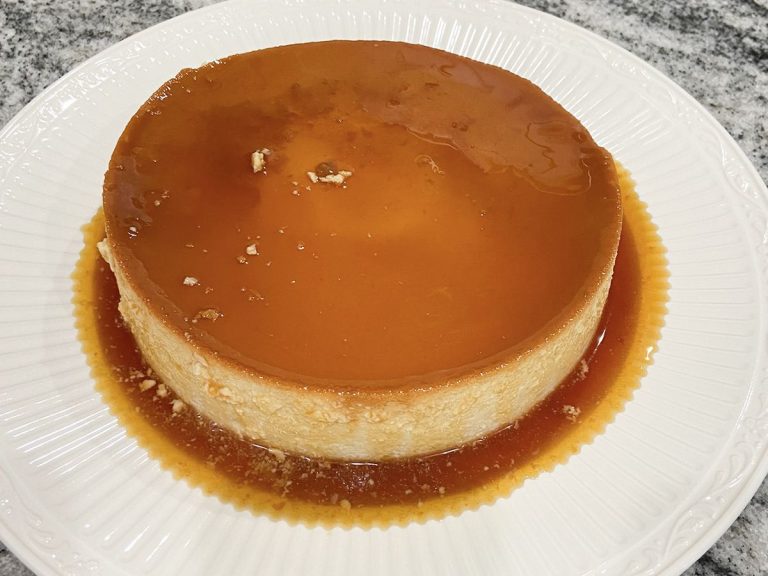Barbeque Rub: Flavorful Tips and Regional Secrets
Barbecue rubs in America have a storied history, originating from various regional traditions. The roots of these rubs trace back to the early Native American tribes who used herbs and spices to season meats. The practice evolved as immigrants brought their culinary customs, blending flavors from Africa, Europe, and the Caribbean. In the modern era, each region, like Texas and Kansas City, boasts distinct rub styles that reflect local tastes and cooking methods.
Key Ingredients and Flavors
America’s best barbecue rubs comprise a blend of essential ingredients. Common spices include paprika, black pepper, garlic powder, and brown sugar. Paprika provides a rich color and subtle heat. Black pepper adds sharpness and depth. Garlic powder imparts a robust flavor that enhances meat’s natural taste. Brown sugar contributes sweetness and helps create a caramelized crust.
Regional variations display unique flavor profiles. Texas rubs often lean towards a simple mix of salt and black pepper, letting the meat shine. Kansas City rubs, in contrast, include ingredients like chili powder and cumin, offering a complex and smoky taste. Memphis rubs typically balance sweet and savory with an emphasis on paprika and mustard powder.
Together, these elements ensure that America’s best barbecue rubs can cater to diverse palates, elevating any barbecue experience.
How to Use America’s Best Barbeque Rub
On Chicken
Enhance your chicken dishes with America’s best barbeque rub. For whole chickens, apply the rub generously under the skin and inside the cavity. This ensures flavor penetrates deeply. Use 2-3 tablespoons for a whole chicken. For chicken breasts and thighs, coat all sides evenly, using about 1-2 teaspoons per piece. Let the chicken sit for 30 minutes to absorb the spices before grilling.
On Pork
Maximize your pork’s flavor with this versatile rub. For pork ribs, first remove the membrane, then apply a thick layer of the rub, around 1-2 tablespoons per rack. For pork shoulders and butts, coat all surfaces with roughly 1 tablespoon of rub per pound of meat. Allow the pork to rest for at least an hour so the rub can infuse the meat. For best results, slow cook the meat over indirect heat.
Vegetarian Alternatives
America’s best barbeque rub also works wonders on vegetables and plant-based proteins. For veggies like eggplant, zucchini, and bell peppers, brush them with olive oil, then sprinkle the rub evenly, about 1 teaspoon per cup of vegetables. For tofu and tempeh, press out excess moisture, then coat thoroughly with the rub, using about 1 tablespoon per pound. Allow them to marinate for 20-30 minutes before grilling to enhance the flavors.
By adapting these methods, you can elevate your barbeque with America’s best barbeque rub, ensuring delicious and flavorful results across various dishes.
Typical Cooking Techniques With the Rub
Smoking
Smoking with America’s best barbecue rub intensifies the flavor infusion. Apply the rub generously to your meat, ensuring even coverage. For large cuts like brisket and ribs, let the rub sit for at least one hour, or refrigerate overnight. Use a smoker set to 225°F (107°C). Place the meat in the smoker, fat side up, so the juices baste the meat as it cooks. Maintain wood chips for consistent smoke, and add a water pan to keep the meat moist. Smoke times vary: aim for approximately 1 to 1.5 hours per pound. Insert a meat thermometer to ensure the internal temperature reaches the recommended levels for doneness: 195°F (90°C) for brisket and 190°F (88°C) for ribs.
Grilling
Grilling with America’s best barbecue rub brings out robust flavors through direct heat. Coat the meat or vegetables thoroughly with the rub. Let it sit for 15-30 minutes to allow the spices to penetrate. Preheat the grill to medium-high heat (400°F/204°C). Place the items on the grill, using zones for direct and indirect heat cooking. Start with direct heat to sear the surface, creating a flavorful crust. Move to indirect heat to finish cooking. Use a meat thermometer to confirm internal temperatures: 165°F (74°C) for chicken, 145°F (63°C) for pork, and until the vegetables reach desired tenderness. Ensure the lid stays closed to retain heat and flavor. Turn items during cooking for even grilling.
Comparing With Other Popular BBQ Rubs
Price Comparison
When evaluating barbecue rubs, cost is often a significant factor. America’s best barbecue rub typically falls within the $10-$15 range per jar. In comparison, some high-end options like Killer Hogs BBQ Rub can cost upward of $20, while budget-friendly brands like McCormick’s Grill Mates can be found for around $5. These variations generally reflect ingredient quality and brand reputation. Investing in a mid-to-high range product ensures a balance of flavor intensity and value.
Flavor Profiles
America’s best barbecue rub features a balanced blend of sweet, spicy, and smoky notes. Ingredients include brown sugar, paprika, chili powder, and garlic, delivering a versatile taste suitable for various meats. For comparison:
- Texan Rubs: Emphasize bold flavors with heavy black pepper and cumin.
- Kansas City Rubs: Focus on sweetness with base ingredients like brown sugar and molasses.
- Memphis Rubs: Include more herbs like oregano and thyme, providing a unique aromatic profile.
Each type complements specific meats and cooking styles, reflecting regional preferences. Understanding these profiles helps tailor your barbecue choice to your desired flavor experience.
Conclusion
Mastering the art of barbecue rubs can transform your grilling game. America’s best barbecue rub offers a versatile blend of sweet, spicy, and smoky flavors that suit a variety of meats and even vegetarian dishes. Priced between $10-$15, it’s an affordable way to elevate your culinary creations. By understanding the distinct characteristics of regional rubs from Texas, Kansas City, and Memphis, you can tailor your choices to match your preferred cooking style and flavor profile. Whether you’re a seasoned pitmaster or a backyard grilling enthusiast, the right barbecue rub will help you achieve mouthwatering results every time.
